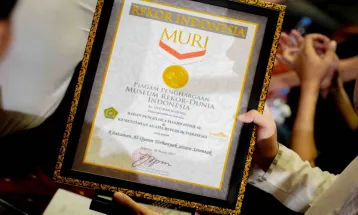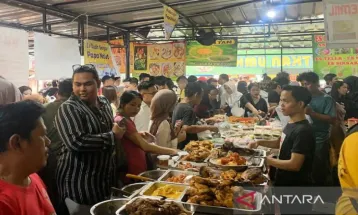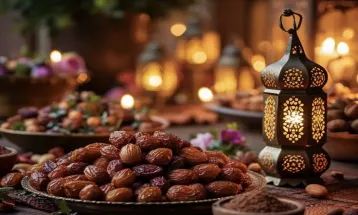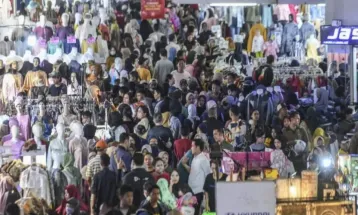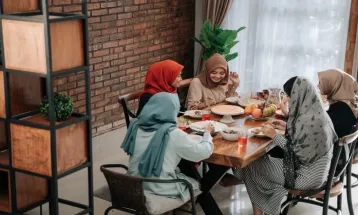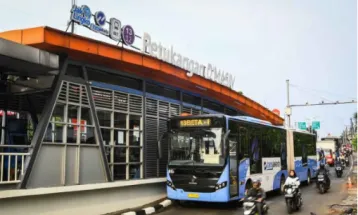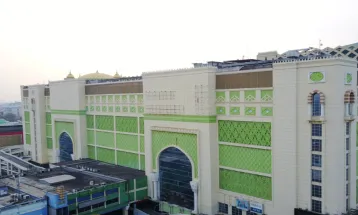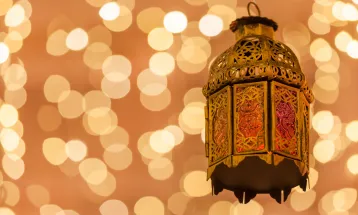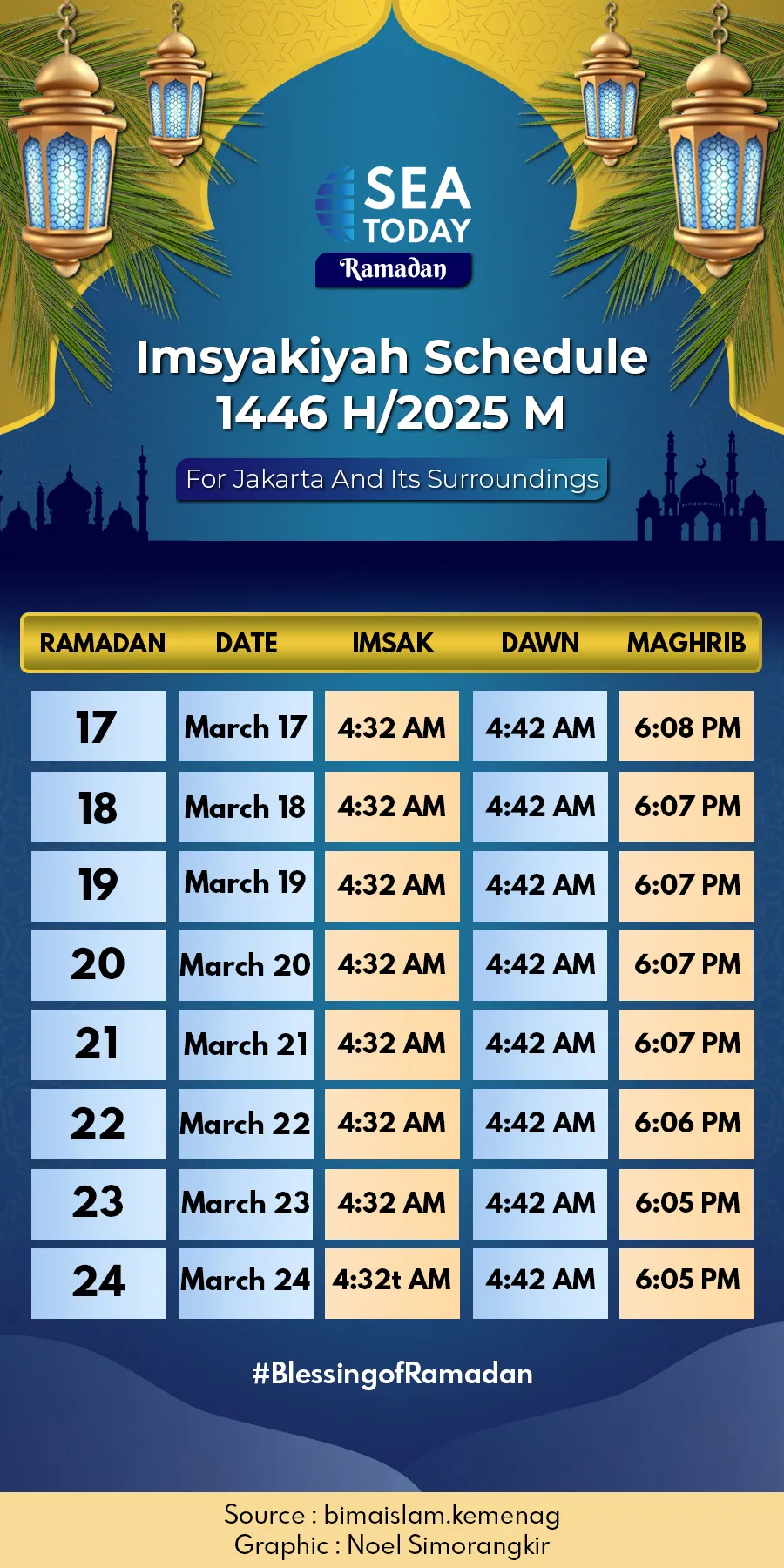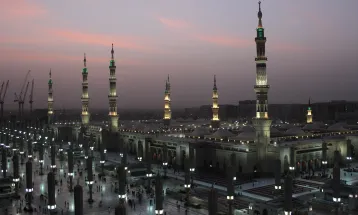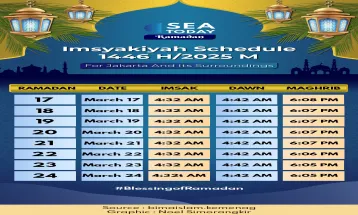Indonesian Tradition: Pastries in Indonesia as One of the Symbols of Eid al-Fitr
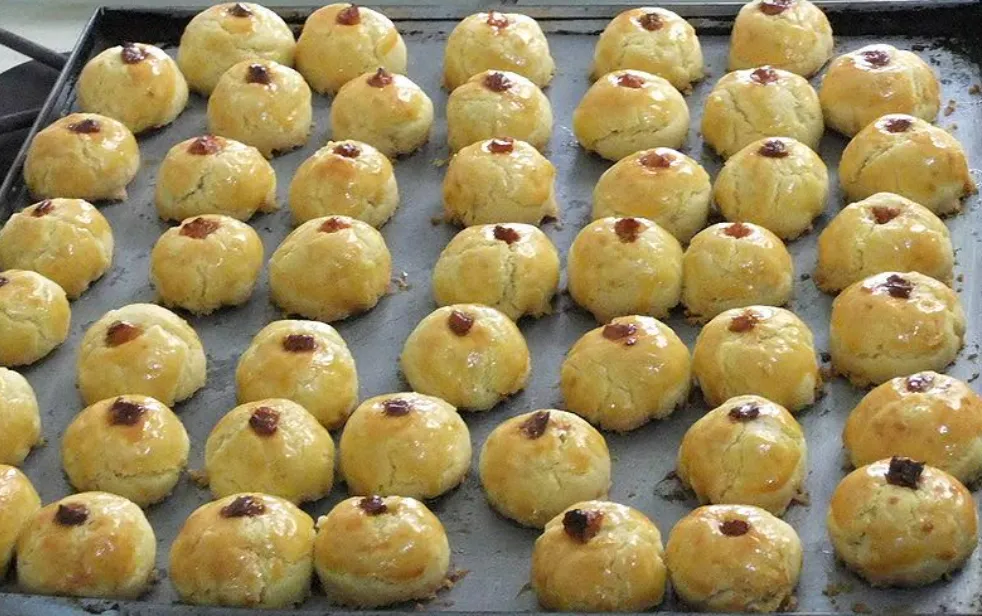
SEAToday.com, Indonesia-Indonesian cuisine was influenced by Dutch colonial authority in several areas. Before the Dutch arrival in Indonesia, Muslim communities in Nusantara observed Eid al-Fitr by serving regional specialties such as Rengginang and Opak.
The tradition of pastry dishes was also impacted by the sociocultural exchange that occurred in the 19th century between the Dutch colonizer and the local community. The name, which has been shown to not originate from Indonesia, makes this clear.
Cookies can also reveal a person's social standing at the time, which is another reason why they began to become a custom of sweets at Eid. Furthermore, cookies last longer than traditional cakes made with sticky rice or rice flour, which become stale very soon.
Some of the famous pastry offerings in Indonesia are Nastar and Putri Salju (Snow White) where this cake turns out to have a history.
Nastar is a modification of pie. This pineapple recipe was inspired by Dutch-style pies. However, the pineapple was chosen as a substitute because it has a sour, sweet, and fresh taste, while the filling used in pies, like blueberries or strawberries, was still not commonly cultivated in Indonesia at the time. This cake was thereafter referred to as "Pineapple and Tart," or nastar.
Putri Salju (Snow white) is a modified version of Vanillekipferl, an Austrian pastry. The phrase "snow that adorns the ground in winter like in Europe" is the source of the word "snow," however in this context, "snow" refers to a sprinkling of white refined sugar that covers the whole cookie.
In Indonesia, pastries are a symbol of celebration and warmth. Guests who come during Eid al-Fitr are served cookies as a form of welcome from the host. (NADHIRA/DKD)
Recommended Article
Ramadan Delights & Updates
Transjakarta Adjusts Services during Eid
President Director of PT Transjakarta Welfizon Yuza confirmed that all Transjakarta buses will begin operations at 09.00 WIB on the first day of Eid al-Fitr.
History of the Great Mosque of Sang Cipta Rasa, Which is Believed...
History of the Great Mosque of Sang Cipta Rasa, Which is Believed to be Built in One Night!
Indonesian Tradition: Buy New Clothes to Celebrate Ied and Tanah...
Indonesian Tradition: Buy New Clothes to Celebrate Ied and Tanah Abang Market is The Favorite Place to Hunt with Affordable Price
Unique Ramadan Traditions from Around the World
Aside from fasting, Ramadan also brings unique traditions held by countries around the world, here are five of them.
Trending
Popular Post
More Than 2000 Travelers Join The Free Eid Homecoming Program Org...
More Than 2000 Travelers Join The Free Eid Homecoming Program Organized by Telkomgroup
Burj Khalifa Residents Have 3 Different Fasting Times!
SEAtizens, did you know that the world's tallest building, Burj Khalifa has three suhoor and iftar times, depending on the height of the floor?
The Story of Nabawi Mosque, The Prophet’s Mosque
Nabawi Mosque located in Medina by the Prophet Muhammad (PBUH) himself in 622 AD. As of now, Nabawi mosque is the second-largest mosque in the world.
Imsakiyah Schedule 1446 H/2025 M
Imsakiyah Schedule 1446 H/2025 M, For Jakarta And its Surroundings. 17 March 2025 until 24 March 2025
Unique Ramadan Traditions from Around the World
Aside from fasting, Ramadan also brings unique traditions held by countries around the world, here are five of them.





